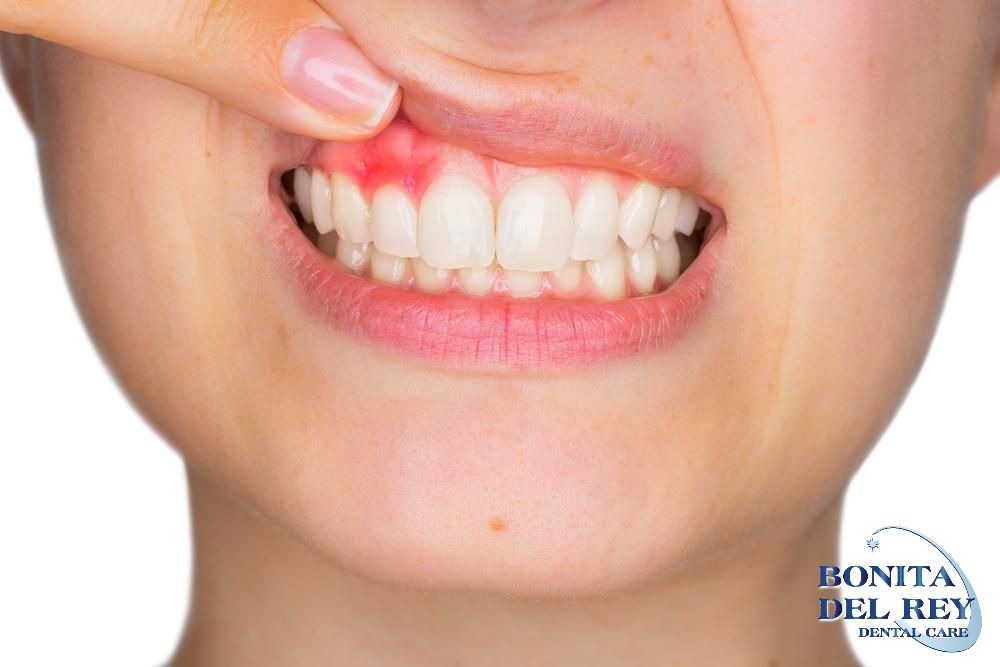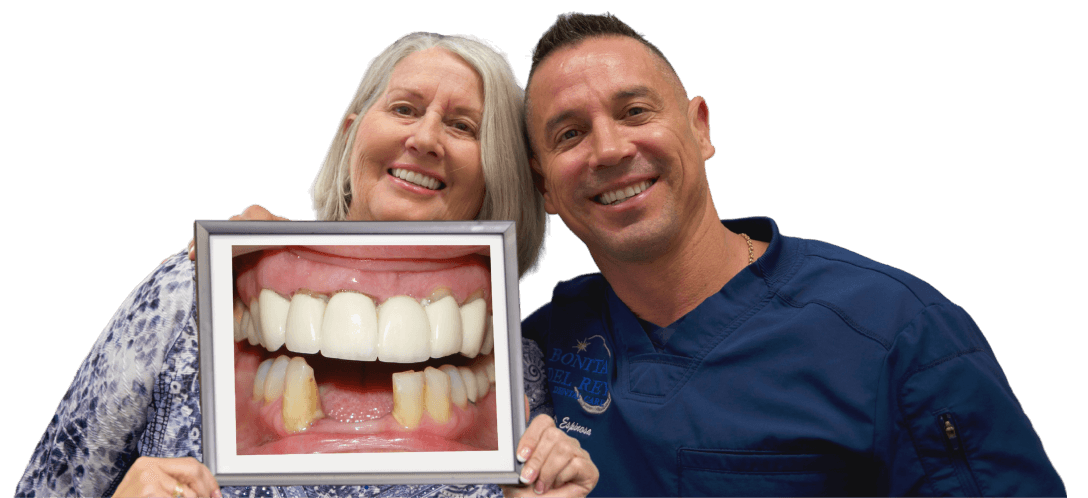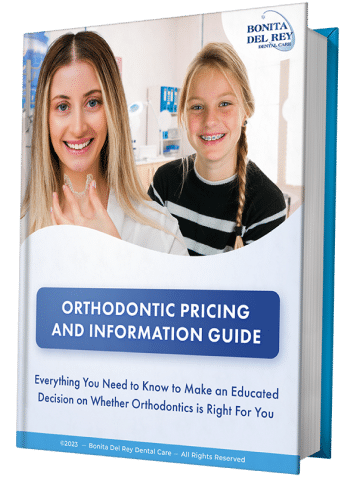Have you seen a bit of blood in your sink when you brush your teeth lately? Medical professionals say that the need for dental care is often forgotten, without knowing that oral health relates to an individual’s overall wellness. Some oral diseases are incredibly common and, if left untreated, it can affect the ability to chew and lead to poor nutrition or even tooth loss. Gum disease, one of the most frequently diagnosed oral health concerns in the United States, is an excellent example of this.
What is Gum Disease Gum disease
or also called Periodontal Disease is an infection of the tissues that hold your teeth in place. Gum Disease it’s typically caused by poor brushing and flossing habits that allow plaque to build up and harden on the teeth. In advance and untreated stages, gum disease can lead to sore and bleeding gums, painful chewing problems and even tooth loss.
Types of Gum Disease
Gum disease, which you may also hear called periodontal disease, is incredibly prevalent. The two types of gum disease are gingivitis and periodontitis. Although both have been shown to raise your risk of health issues such as diabetes, heart disease, pneumonia, and cancer. Early detection is best.
What is Gingivitis?
Gingivitis is an early stage of gum disease which occurs when inflammation is limited to the gums and does not involve the bone and deeper tissues. In other words, Gingivitis cause gums to become inflamed and to easily bleed when you brush. Gingivitis is reversible with improved dental hygiene, but if it’s left untreated, it can cause irreversible bone or other tissue damage.
What is Periodontitis?
Periodontitis or periodontal disease occurs when plaque or calculus builds up under the gums, causing an infection. An immune response occurs, causing 2 inflammation of the gums and bone resorption. Left untreated, periodontitis can result in tooth loss and further infection. In other words, periodontitis occurs when this inflammation has advanced to the bone and other deep structures supporting the teeth.
Symptoms of Gum Disease
Those with gum disease may experience a variety of symptoms, cataloged by the National Institute of Dental and Craniofacial Research. Some of the gum disease symptoms include Halitosis (bad breath), Swollen gums, Bleeding gums, Receding gums (which cause teeth to appear more prolonged), Pain with chewing, and tooth sensitivity. If gum disease is severe enough and remains untreated, it can lead to loose teeth or eventual tooth loss. Even if you don’t notice any symptoms, you may still have some degree of gum disease. In some people, gum disease may affect only certain teeth, such as the molars. Only a dentist can recognize and determine the progression of gum disease.
What Causes Gum Disease?
Thanks to studies performed by medical researchers, we know that some individuals are more likely than others to develop gum disease. The American Academy of Periodontology lists several primary risk factors for the onset of periodontal inflammation and the resulting disease. Among them are Age, Tobacco use, Obesity or Poor nutrition, The tendency to clench or grind one’s teeth, Stress, Genetic susceptibility, Medication side effects. Of these risk factors, smoking and tobacco use have some of the most significant impacts on the development of gum disease.
How Is Gum Disease Treated?
The goals of gum disease treatment are to promote reattachment of healthy gums to teeth; reduce swelling, reduce the depth of pockets, reduce the risk of infection; and to stop disease progression. Treatment options depend on the stage of the disease. For more severe cases of gum disease, treatment with prescription medications may be necessary. For example, medicated mouthwashes. There are all types of medications that a dentist may prescribe for help controlling periodontal inflammation.
How To Prevent Gum Disease?
However, the best way to treat gum disease is to prevent it from happening in the first place! This is best accomplished with regular toothbrushing supplemented by flossing, rinsing, and scheduling regular appointments with a dental hygienist to ensure 3 that plaque and bacteria are removed from the surfaces of teeth and the pockets surrounding them. Brush twice a day, floss once daily, and visit a hygienist twice a year for the best results.












